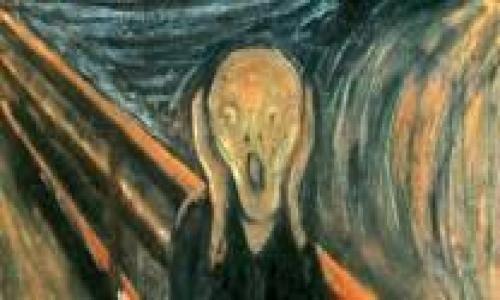There were two pieces of information this week that I found quite interesting. The first is an article that explores how bond prices are making the case for inflation or deflation. According to the original article posted on Marketwatch, bond prices seem to indicate that inflation is a greater probabiliy than deflation.
Juxtapose this with the Fed's FOMC statement:
With substantial resource slack likely to continue to dampen cost pressures and with longer-term inflation expectations stable, the Committee expects that inflation will remain subdued for some time.
There is over $1 trillion in idle capacity in the United States alone and it's hard to imagine prices increases in this environment. Of course, a continued decline of the dollar could eventually spur higher prices as import prices rise.
So, the environment we have discussed in the last couple of weeks is coming into greater relief - rising interest rates in a low inflation, low growth environment. It's not stagflation, it's stagrisingrates.
There was little change in savings and CD rates last week. In fact, for the first time since we began tracking average savings rates, there was no change at all. CD rates barely budged, with the 12-month CD dropping 1 basis point, the 3-year rising 2 basis points, and the 5-year average rising 2 basis points.
Like the economy, rates seem to have pretty much hit bottom. The question now is when they will go back up. It may be some time.
There's no significant change to report in the spread between savings rates and 36-month CDs. That's not surprising considering both rates showed barely any movement. Watch this chart to see who will blink first:: will longer term CD yields come down in the absence of any sign of inflation, or will short term savings and CD accounts rise as the economy strengthens? My guess at the moment is that long-term yields will start to rise even if the economy doesn't improve.
Based on this data, it would seem that any rate increases won't come until sometime in 2010. Nevertheless I would stay short-term and wait. An improving economy and a glut of Treasury debt will eventually put some pressure on rates.
The spread between the average BestCashCow savings rate and 36-month CD rates remains steady as the economy stabilizes and investors, banks, and consumers wait to get the next read on where the economy is going.













Add your Comment
use your Google account
or use your BestCashCow account